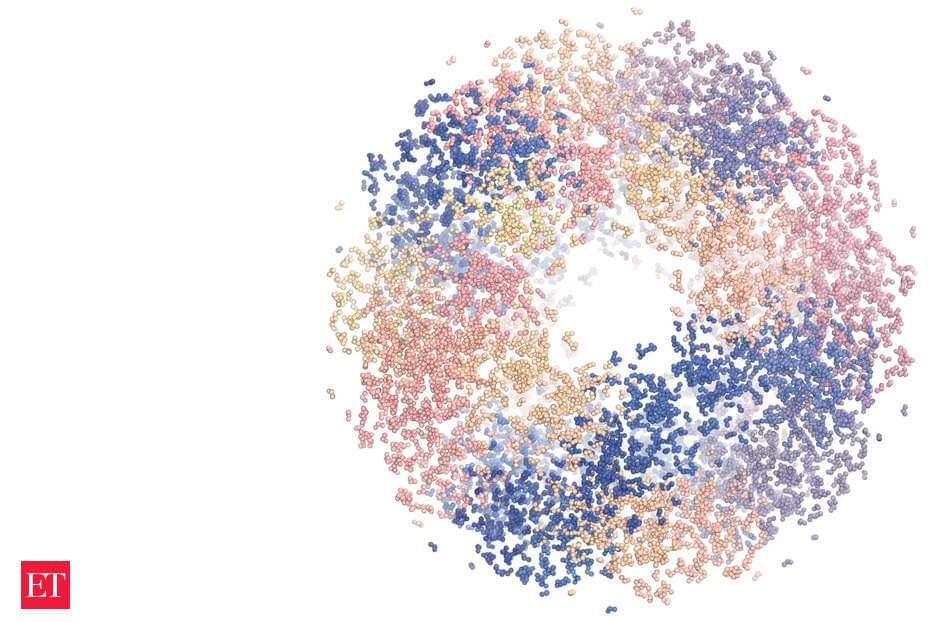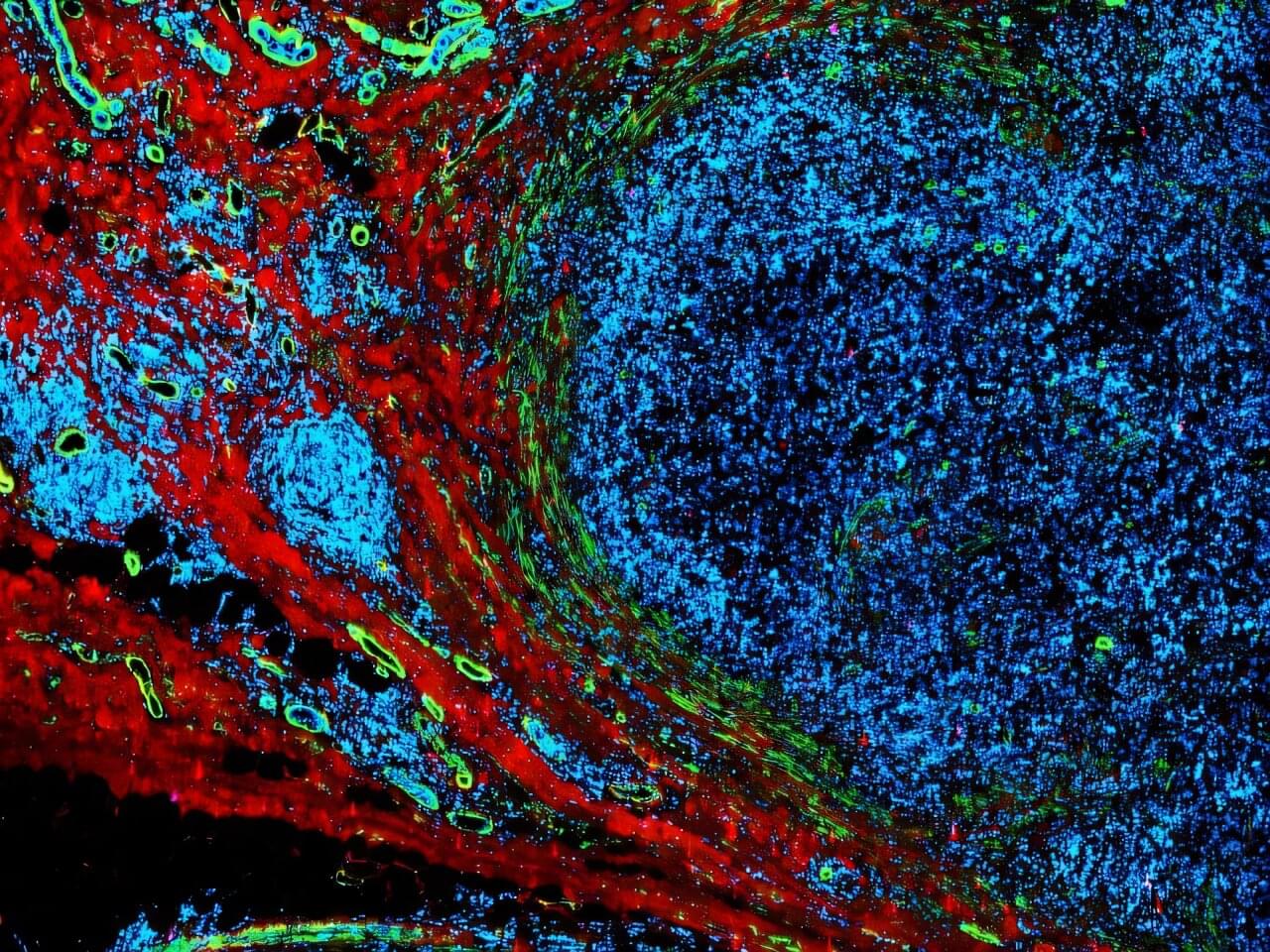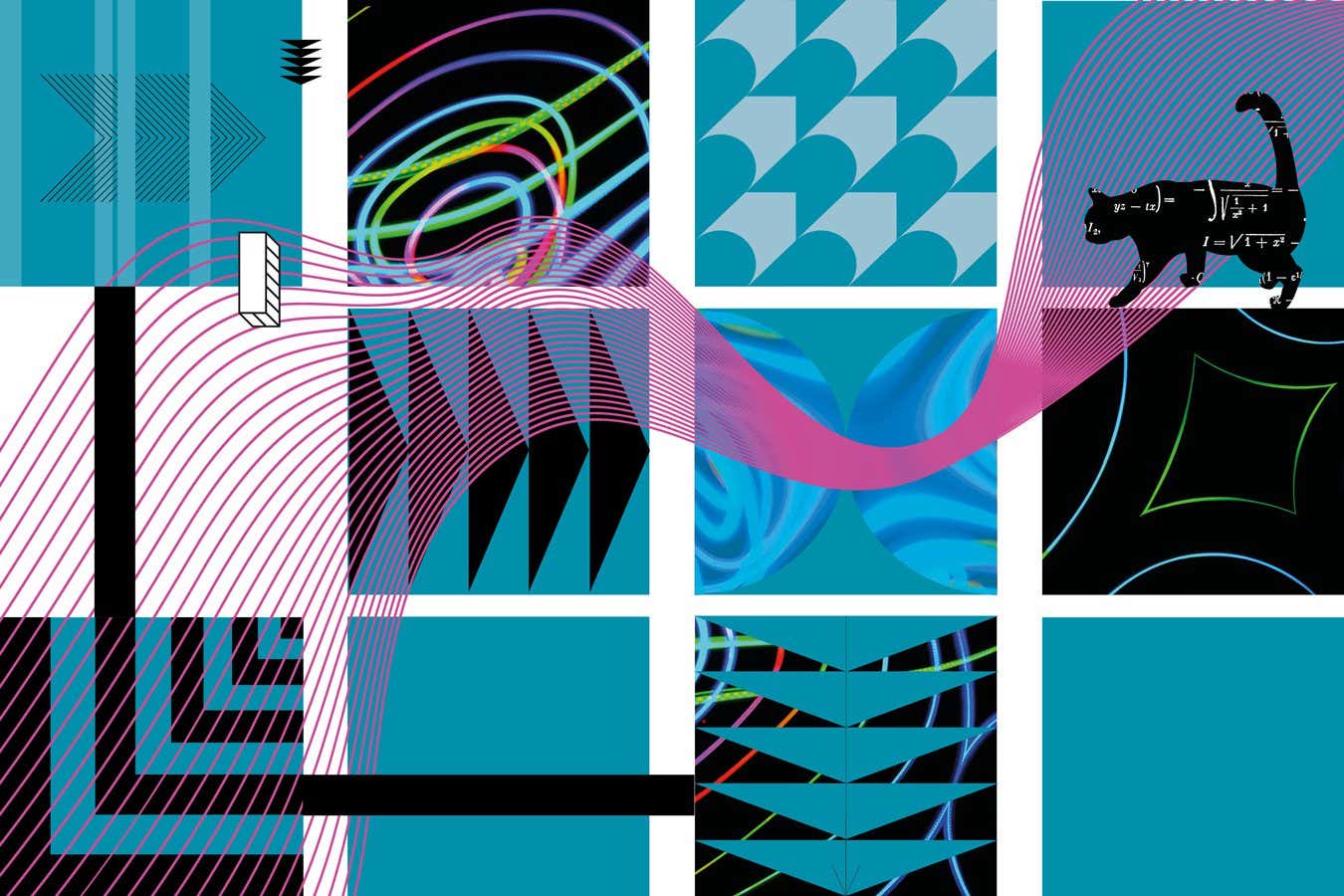Significant advances in the diagnosis and treatment of congenital heart disease have transformed patient outcomes, leading to an expanding adult congenital heart disease population. Many of these adults require lifelong procedural interventions, frequently performed in catheterization labs under the guidance of echocardiography. This review explores the transesophageal echocardiographic aspect in key catheterization-based procedures.
Korean scientists at KAIST have developed ground-breaking technology that transforms colon cancer cells into normal cells, preventing their destruction.
Alpha-1-antitrypsin is a so-called protease inhibitor, a type of enzyme inhibitor. It is produced in the liver but exerts its effects in the lungs, where it regulates immune cell activity. This regulation is crucial, and an overactive immune response can cause serious lung diseases.
However, some individuals carry a genetic mutation that causes the alpha-1 protein to fold incorrectly. As a result, too little functional alpha-1 is produced, and insufficient amounts reach the lungs.
The mutation is inherited from one or both parents. About 1 in 20 people in Europe carry the heterozygous form of the mutation—inherited from only one parent—and often experience no symptoms or only mild ones. In contrast, the rarer homozygous form, inherited from both parents, affects approximately 1 in 2000 individuals and is much more severe.
Researchers from the International Institute of Molecular and Cell Biology in Warsaw (IIMCB) have described a new mechanism that improves the efficiency of mRNA-based therapies. The research findings could facilitate the development of novel therapeutics against cancers and infectious diseases.
The scientific experiments were carried out at IIMCB, but important contributions also came from collaborators at the Faculty of Physics and Faculty of Biology of the University of Warsaw, the Medical University of Warsaw, and the Institute of Biochemistry and Biophysics of the Polish Academy of Sciences. The study by the Polish researchers has just been published in Nature.
“mRNA vaccines played a key role in controlling the spread of the pandemic. However, mRNA itself is an exceptionally unstable molecule. This does not affect the safety of the therapy but limits its effectiveness—for example, by shortening the duration of action. A particularly important role in mRNA stability is played by its so-called poly(A) tail. In our research, we examined these limitations,” says Prof. Andrzej Dziembowski from the Laboratory of RNA Biology—ERA Chairs Group at the International Institute of Molecular and Cell Biology in Warsaw, one of the lead authors of the study.
The exponential miniaturization of electronic chips over time, described by Moore’s law, has played a key role in our digital age. However, the operating power of small electronic devices is significantly limited by the lack of advanced cooling technologies available.
Aiming to tackle this problem, a study published in Cell Reports Physical Science, led by researchers from the Institute of Industrial Science, The University of Tokyo, describes a significant increase in performance for the cooling of electronic chips.
The most promising modern methods for chip cooling involve using microchannels embedded directly into the chip itself. These channels allow water to flow through, efficiently absorbing and transferring heat away from the source.
The exotic quantum phase, predicted over half a century ago, could lead to advances in quantum computing, sensors and communication technology.
High-intensity electrical pulses have been medically used to destroy tumors while sparing healthy tissue. But lower-intensity pulses may have a different effect—they reshape the battlefield, making tumors more vulnerable to the body’s own defenses.
According to Virginia Tech researchers at the Fralin Biomedical Research Institute at VTC, these lower-intensity pulses don’t kill all the cancer cells outright. Instead, they alter the tumor’s environment, increasing blood vessel density within a day of treatment and boosting lymphatic vessel growth by day three.
These changes may help guide immune cells to the tumor, potentially improving the body’s natural ability to fight cancer.
Here’s Dennis Wilson of DBC Technologies sharing the many different use cases for AI voice agents.
He also shares how AI can retain the expertise and tribal knowledge that lives in your most capable people.
If your organization needs AI Agents for sales, service, orders, surveys or product information contact me.
I look forward helping you get started!
In this episode of the (A)bsolutely (I)ncredible podcast, Bruce Burke sits down with Dennis Wilson, Founder and CEO of DBC Technologies. Dennis is a graduate of the British Columbia Institute of Technology, and attended the University of British Columbia. DBC provides AI Voice Agents for small to medium enterprise businesses. Dennis is deeply involved in Jim Roddy’s Retail Solution Providers Association (RSPA), and is a featured speaker at their events. Dennis teaches and demonstrates the benefits of AI to these providers of solutions for retailers. Dennis is a passionate marketer, who has developed a platform that utilizes the best the AI industry offers. DBC stands for Doing Business Creatively, which defines Dennis’ approach with his customers. With over 25 + years of software, marketing, CRM, and sales automation experience, they have been integrating Artificial Intelligence capabilities into their internal software stack, and into their client’s businesses since the launch of ChatGPT. Experience DBC’s Inbound AI Voice Agents For Yourself Dial any of the numbers below to interact with DBC’s AI Agents. Ask questions, and dig deep to understand the complexities of these Agentic AI personalities from DBC. * Inbound AI Voice Agent | Claire Fox: 1−888−887−9862 * Outbound AI Voice Agent | Susan Brown: 1−888−988−1783 * Cannabis Dispensary Agent | May Bud: 1−888−628−7858 DBC helps enterprise companies equipment manufacturers, payments providers, cannabis dispensaries, POS equipment manufacturers, and software companies, break free of legacy automated attendant technologies that frustrate customers, decrease customer satisfaction, and waste money. Their services can relieve cost of staffing for tier one, and tier two technical support teams, and the associated employee churn. Dennis and company can automate your customer service center with AI voice agents, and turn it into a profit center with AI’s advanced abilities to resolve problems and then suggestively upsell new products and services, monetizing customer service calls. DBC Technologies helps retailers enhance their marketing with automated marketing solutions using an AI+Human approach. At any time, customers can be connected with a live person to help resolve issues that may need a human touch. Dennis also created an AI-powered Social Media, E-mail, and Text, marketing engine that can work along with your AI Agents to further amplify and promote your brand. Dennis and company enable independent restaurants to compete with the big money chains by implementing AI marketing and automation solutions to grow both dine-in and take out sales — without losing 30% of the order to 3rd party delivery apps. DBC is a leader in Enterprise level AI Voice Agent and ChatBot technology with both being capable of taking orders in the restaurant and cannabis industries. Your inbound calls are answered by AI Agents trained for taking customer orders at an improved level of efficiency compared with similarly human-staffed positions. DBC Technologies Specialties: * AI Automated Voice Agents * AI RAG Bots (Advanced Website Chatbots) * AI Written with Human Edited Marketing * Retail Sales Growth Consulting Services * Bespoke Software Development Services For more information about DBC Technologies Agentic AI and how to get started contact Bruce Burke directly, directly using the links provided. Thank you!
Quantum effects like superposition and entanglement have long been seen in single particles, but physicists are on a quest to find out just how big an object can be before it loses its quantumness









